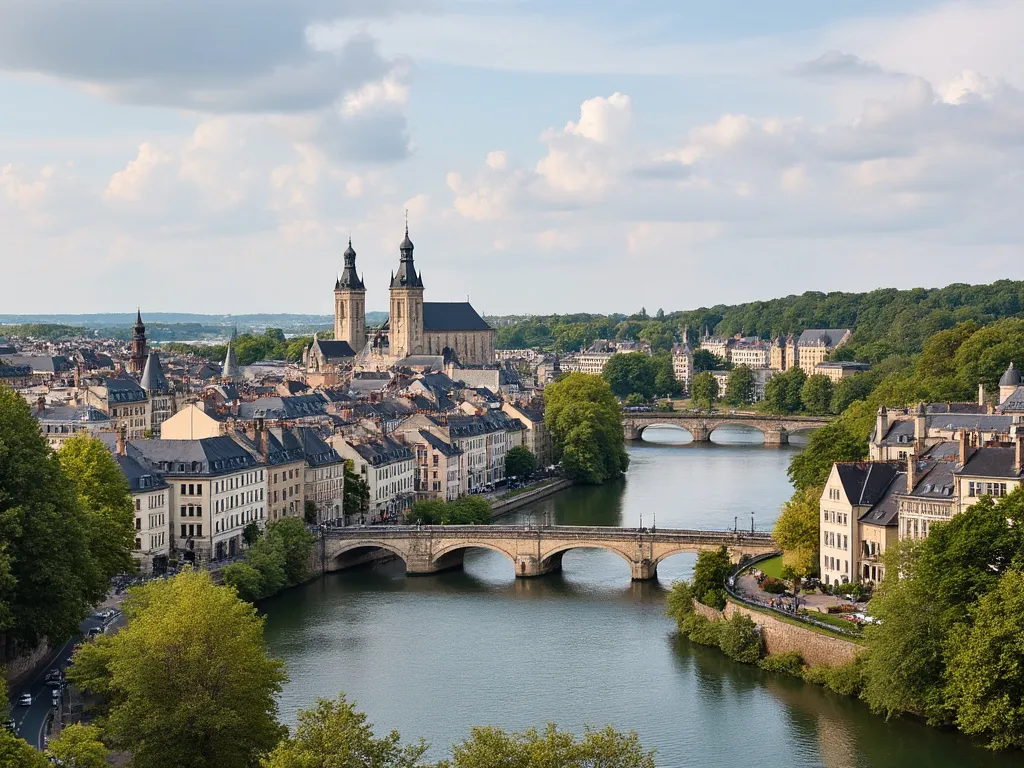
Madrid, la capital de España, es una metrópolis vibrante y cosmopolita que combina a la perfección tradición y modernidad. Ubicada en el corazón de la Península Ibérica, Madrid es una ciudad que palpita con energía, desde sus museos y galerías de arte de clase mundial hasta su animada vida nocturna y su deliciosa gastronomía.
Información sobre Madrid
| País | 🇪🇸 España |
| Población | 3.2 millones (área urbana: 6.5 millones) |
| Coordenadas | 40.4168° N, 3.7038° O |
| Área | 604.45 km² (233.38 mi²) |
| Clima | Clima mediterráneo continental |
| Idioma | Español (oficial) |
| Moneda | Euro (€) |
| Zona horaria | Hora Central Europea (CET) (UTC+1) |
| Proximidad a otras ciudades importantes | Barcelona (620 km / 385 mi), Lisboa (560 km / 348 mi), París (1,060 km / 659 mi) |
Antecedentes históricos de Madrid
La historia de Madrid se remonta al siglo IX, cuando era un pequeño asentamiento moro. En 1561, el rey Felipe II declaró a Madrid como la capital de España, y la ciudad comenzó a crecer en importancia. A lo largo de los siglos, Madrid ha sido moldeada por diversas culturas, incluyendo los moros, los Habsburgo y los Borbones, cada una dejando su huella en la arquitectura, el arte y la cultura de la ciudad.
Ubicación geográfica de Madrid
Madrid está situada en la parte central de España, en la comunidad autónoma de Madrid. La ciudad se encuentra en la Meseta Central, una vasta meseta que cubre gran parte de la Península Ibérica. La altitud de Madrid es de aproximadamente 650 metros (2,133 pies) sobre el nivel del mar, lo que la convierte en una de las capitales más altas de Europa.
Significado cultural de Madrid
Madrid es una ciudad profundamente arraigada en la cultura y la tradición. Desde el mundialmente famoso Museo del Prado hasta el Palacio Real de Madrid, la ciudad alberga numerosas instituciones culturales y monumentos que muestran su rico patrimonio. Madrid también es conocida por su vibrante escena de música y danza flamenca, así como por su deliciosa gastronomía, que incluye platos populares como tapas, paella y gazpacho.
Importancia económica de Madrid
Madrid es el centro económico de España, con un fuerte sector de servicios que impulsa la economía del país. La ciudad alberga numerosas corporaciones multinacionales, así como una próspera escena de startups. Madrid también es un importante destino turístico, atrayendo a millones de visitantes cada año que vienen a experimentar la rica cultura, historia y opciones de entretenimiento de la ciudad.
Datos interesantes sobre Madrid
- Madrid alberga el restaurante más antiguo del mundo, el Botín, que fue fundado en 1725.
- La ciudad tiene más árboles por habitante que cualquier otra ciudad europea.
- Madrid alberga el bosque urbano más grande de Europa, la Casa de Campo.
- El sistema de metro de la ciudad es uno de los más grandes del mundo, con más de 300 estaciones.
Atracciones turísticas en Madrid
- El Museo del Prado: uno de los museos de arte más importantes del mundo, con obras de Goya, Velázquez y El Greco.
- El Palacio Real de Madrid: la residencia oficial de la familia real española, con una impresionante colección de arte y antigüedades.
- La Plaza Mayor: una plaza histórica en el corazón de la ciudad, rodeada de cafés, tiendas y artistas callejeros.
- El Parque del Retiro: un hermoso parque urbano que ofrece un escape tranquilo del bullicio de la ciudad.
Conclusión sobre Madrid
En conclusión, Madrid es una ciudad que tiene algo para todos. Desde su rico patrimonio cultural hasta su vibrante vida nocturna, Madrid es una ciudad que seguramente dejará una impresión duradera en todos los que la visiten.
 Majuro
Majuro
 Malabo
Malabo
 Luxemburgo
Luxemburgo
 Macao
Macao